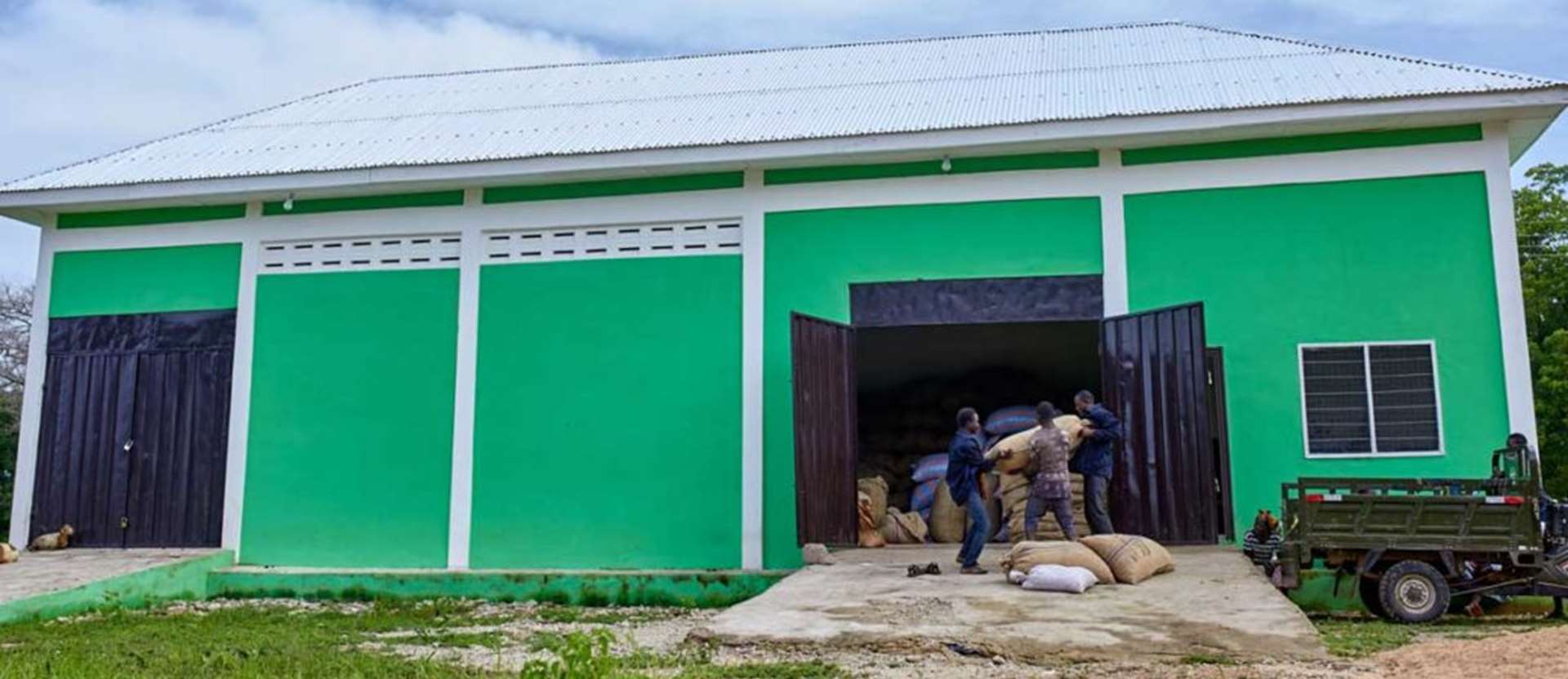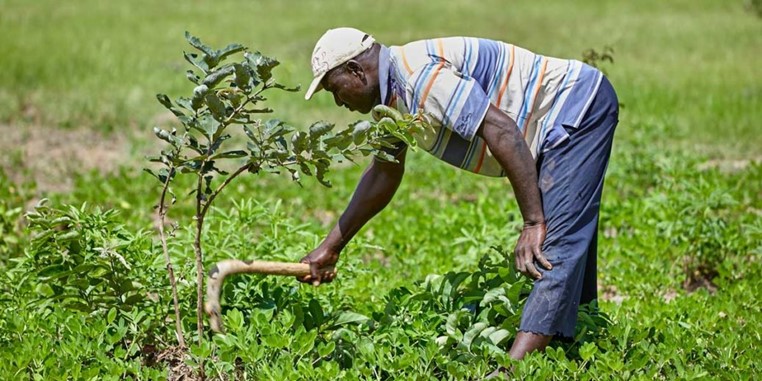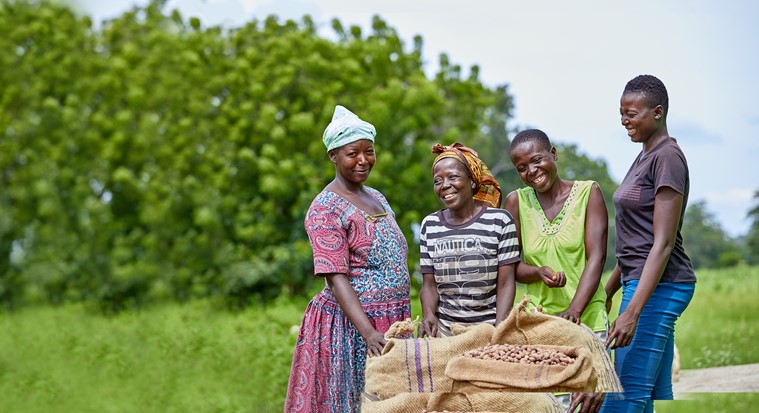
When responding to a crisis, resilience is essential
23rd June 2020The people we work with in the drylands of Africa live constantly on the edge of survival. Their lives are threatened by the harsh realities of poverty and the climate crisis. People rely on their degraded land to feed their families, made harder by erratic rainfall and drought. They are some of the most vulnerable people in the world.
A new threat emerges
So what does the emergence of a new threat — COVID-19 — mean for them? The information that rural communities in Africa’s drylands will have received is sporadic and limited, but people understand that their vulnerability has just increased.
With limited access or funds to pay for healthcare, someone becoming sick may receive little or no medical attention. There is no state protection, no furloughing, no self-employed status that gives people some access to funds to feed themselves. Their only option is to do what they have always done – work the land in preparation for the rains, plant their crops, and harvest them — which gets more challenging each year as the climate crisis heightens.
For communities in the drylands of Africa, when crisis strikes their only option is to do what they have always done — work the land in preparation for the rains, plant their crops, and harvest them.

An economic crisis will hit the most vulnerable
While the numbers for COVID-19 in most of Africa have remained relatively low according to official figures (though testing capacity is very limited), the impacts that a locked-down global and local economy can have on society will be far-reaching and long-lasting.
In the short term, a shrinking local economy means the most vulnerable suffer most, losing the small income they rely on to survive. In the longer-term, the impact of a global economic downturn could be catastrophic for people in the drylands of Africa — from a reduction in demand for the products they sell and increases in prices for their agricultural inputs, to a significant reduction of funds available for development projects as national and international aid budgets get cut.
Resilience is vital
At Tree Aid, we have for many decades focused on improving the resilience of the communities we work for. Resilience is often defined by the ability to recover and adapt in the face of difficulties or shocks. We can see how this is applied to the climate crisis. Erratic rainfall and increasing temperatures in the drylands of Africa are having a devastating effect on the communities who live there. In order to survive, communities have to adapt quickly.
Throughout history, we have seen how climate shocks, such as droughts and flooding, have created large-scale food shortages in the Sahel region where we work. In fact, Tree Aid was founded in response to the Ethiopian famine that made global headlines in the 1980s. Our founders knew, as we know now, that it is simply not enough to hand out emergency aid in the aftermath of a crisis; we must tackle the root cause and build the resilience of vulnerable communities so they can bounce back more quickly.
Now, with COVID-19, a new crisis emerges as a layer upon ever-growing crises for people in African’s drylands and makes our call to strengthen the resilience of vulnerable community groups ever more pertinent.
Climate, health, or economic shocks all have a devastating impact on the people we support but building their resilience will enable them to be better placed to deal with whatever future shocks occur.
But how do we build resilience?
For Tree Aid, enabling communities to grow their resilience is not just about recovery and survival when crises hit. Our aim is to empower communities to thrive.
We define resilience as the ability of a system (countries, communities, and households) to anticipate, adapt to, and/or recover from the effects of shocks and stresses. This must be in a way that protects livelihoods, speeds up and sustains recovery, and supports economic and social development.
The ongoing development of communities is vital, supporting them to not only bounce back from shocks but to bounce back better.
Growing “green gold” in Ghana
On our Grow Hope project in Ghana, for example, we support local communities to diversify their livelihood opportunities to help them withstand shocks to make them more resilient. This includes introducing local warehouses to safely store shea nuts, known as their “green gold”, so they can sell the nuts and shea butter during the “hungry” months and have enough money to buy food and medicine when they need it most.
This goes hand in hand with our work helping communities protect and restore the natural environment around them to help them withstand floods and droughts. The trees that are grown and cared for by the communities help to regenerate the soil, sequester CO2, and increase rainfall — building and strengthening natural resources and the environment. These trees can also be relied upon in times of crisis, for essential food and income; trees often survive when other crops fail.

Skills, knowledge, and tools can build resilience
We do not know what the future holds for communities in the drylands of Africa but, at Tree Aid, our goal is to best equip those communities with the skills, knowledge, and resources to deal with whatever current and future shocks they endure.
Building resilience is the key to ensuring those most vulnerable to the impact of climate, health, and economic crises are able to thrive.



